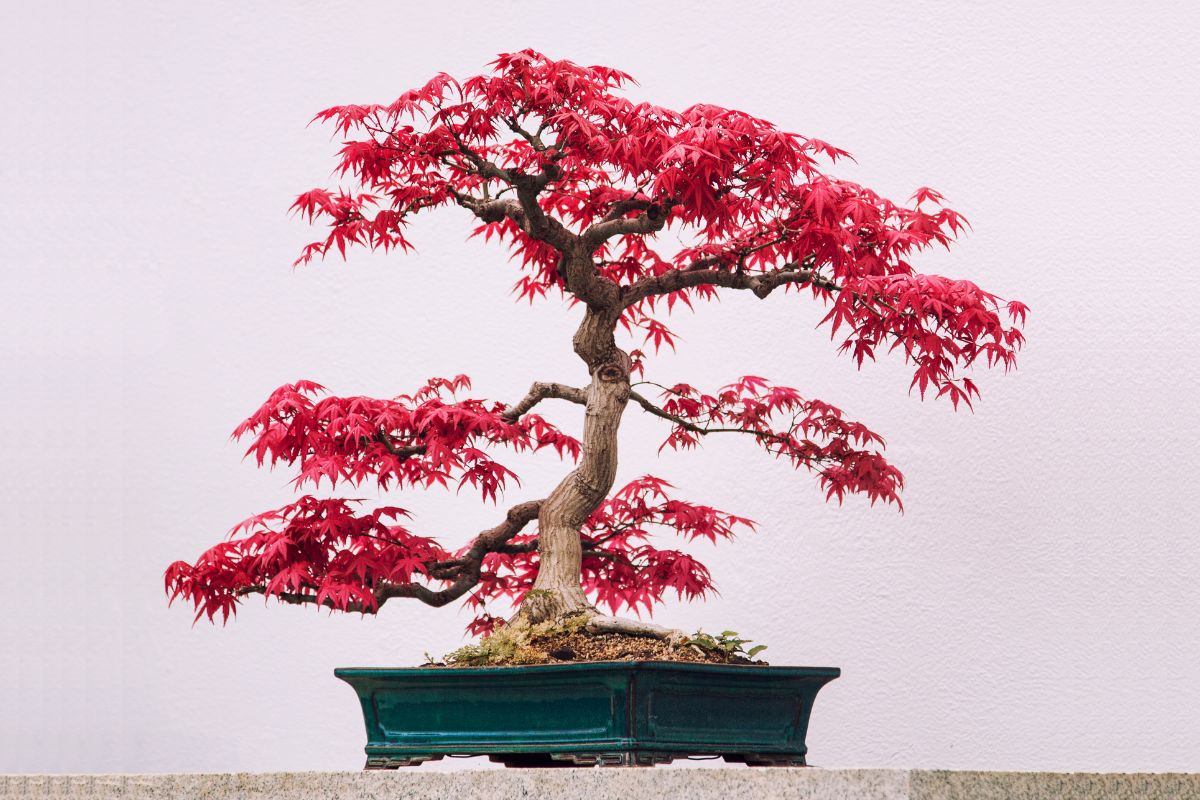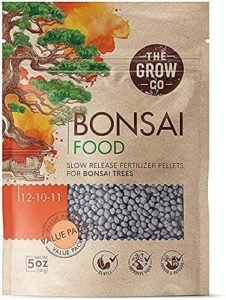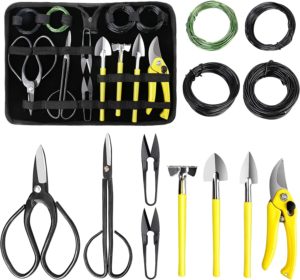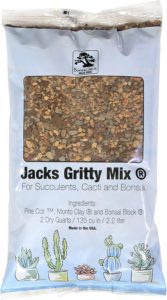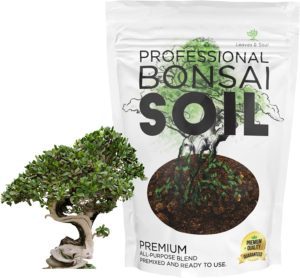The Red Maple bonsai, often called a Japanese maple bonsai, originates from Japan and China. Its leaves resemble the human hand, as it has 5 deep lobes that give this plant a unique appearance.
In most cases, the young trunks and branches of Japanese maples have a bark that is green in color, although there are some varieties with a red bark. As the tree ages, the color of the bark turns light gray or brown.
Among the several varieties of the red maple include the lace-leaf and threadleaf, and the red varieties are commonly cultivated as bonsai.
It’s the strikingly beautiful bright red that attracts most bonsai enthusiasts. Bringing a vibrant pop of color to our indoor spaces, let’s learn how to care for a Red Maple bonsai tree.
How to care for your red maple bonsai
A red maple tree likes a climate that is moist and cool, with moderate rainfall. It thrives in areas that have full sun exposure and can tolerate partial shade. It prefers moist soils, requiring frequent watering.
As long as we can closely replicate that environment, we should be at a good launching point for growing and cultivating a Red Maple bonsai tree.
Location and placement
The Red Maple grows well in areas that receive ample amounts of morning or afternoon sun. However, it is not recommended to be placed in direct sunlight, particularly during the summer season when there are high temperatures. When placed in a location that is exposed to direct sun, the tree’s delicate foliage may be prone to damage. While the Japanese maple grows best outdoors, it makes for a beautiful bonsai tree that you can grow indoors… as long as you provide it with sufficient sunlight at least 5 to 6 hours a day.
Watering requirements
This lovely bonsai tree species thrives well when its soil is kept wet or moist. Water the plant daily while ensuring proper drainage to protect its roots from rotting. Bonsai plants usually die young because of poor watering, as compared to any other causes. The best way to make sure that your plant receives the right amount of water is by placing its pot in a tub filled with filtered water about 1 to 2 inches in depth. Allow the roots to absorb moisture through the holes located at the bottom of the pot for a few minutes. Then, remove the pot and place it in its usual location in bright light.
Fertilizing
Feeding your bonsai supports its health and growth since a huge percentage of the soil’s nutrients are washed away after you have watered your plant. Moreover, bonsai fertilizer supplies the right amount of minerals and vitamins that your bonsai needs to develop properly.
Keep in mind, though, that it is not advisable to apply fertilizer for at least two months after you have repotted the bonsai tree. You should also avoid fertilizing a tree that is weak or infested with disease.
As with any type of fertilizer, I always recommend organic fertilizers. They’re gentler and more natural.
- Liquid fertilizer – A one-half strength solution of balanced fertilizer is a good option.
- Pellet fertilizers – You can feed every 20 to 30 days using a slow-acting type of organic fertilizer during springtime and autumn.
Pruning and wiring tips
When you have pruned the branches, it is ideal to prune the roots afterwards to protect the root system from too much stress. Branch pruning is best done during autumn or winter, so you can prevent excessive loss of sap.
Red Maples are shaped by pruning and pinching. If you prefer to wire its branches, you should apply this technique in summer when the plant is already in full leaf. You can shape the soft, fine branches with rubber coated aluminum wire. Young trees have trunks that can be shaped easily by tying it to a stake, which allows you to bend it easily or maintain its formal upright style.
Re-potting and soil requirements
It is best to repot this tree species every two years to replenish the soil’s nutrients. The recommended time for repotting is early spring (AKA growing season), prior to the plant’s growth spurt. For bonsai soil, you may use a well-draining potting mix that is specifically designed for bonsai trees.
Common diseases and pests
The Red Maple is not immune to insects and diseases. Here are some of the most common problems that you may encounter while growing this bonsai tree:
- Aphids – These small, soft-bodied insects are usually green or black in color. They are fond of sucking the sap of the plant, which may cause the leaf buds to become deformed. To remove aphids, you may spray the plant with water or insecticidal soap.
- Caterpillars – The leaves of the plant may be eaten by caterpillars, which may cause the plant to become weak. To remove caterpillars, you may handpick them and place them in a bucket of soapy water. You may also use an organic pesticide to eliminate them.
- Powdery Mildew – This type of fungus appears as a white powdery substance on the plant’s leaves. It is caused by humid weather and poor air circulation. To remove powdery mildew, you may spray the plant with a mixture of water and baking soda. You may also use a fungicide to prevent its spread.
- Scale Insects – These are small, hard-shelled pests that feed on the plant’s sap. They are usually found on the leaf stems and underside of the leaves of the plant. To remove scale insects, you may scrape them off using a blunt knife. You may also use an insecticide to kill them.
learn more about bonsai plants
- How to keep bonsai leaves small
- How long do bonsai trees live? Longer than you.
- How to care for your Japanese black pine bonsai
- How to grow aqua bonsai (water bonsai)
- How to care for a Red Maple bonsai tree
- Pomegranate bonsai tree care guide for beginners
- 15 bonsai styles and shapes that will inspire you
- Bonsai palm tree care: How to care for palm tree bonsais

